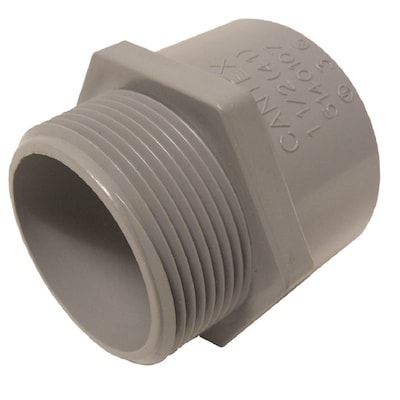Finding a 1ft 20 amp cord is easy just check amazon. At 20 amps you obviously won't be able to use the particular inlet I suggested but there are plenty of options out there. I know I've come across a 20amp inlet with a built in fuse before which sounds like just the sort of thing your looking for.
It's also possible to get an extension cord with a built in gfi or to get a gfi such as this that you could hardwire inline to the inverter Mike's talking about:
Yet another option is to wire a gfi outlet in that retail kiosk prior to the 20ft underground run.
P.S. It seems like the size of your inverter is moving around a lot, if you could calculate what you need that would be best.
It's also possible to get an extension cord with a built in gfi or to get a gfi such as this that you could hardwire inline to the inverter Mike's talking about:
Yet another option is to wire a gfi outlet in that retail kiosk prior to the 20ft underground run.
P.S. It seems like the size of your inverter is moving around a lot, if you could calculate what you need that would be best.




Comment